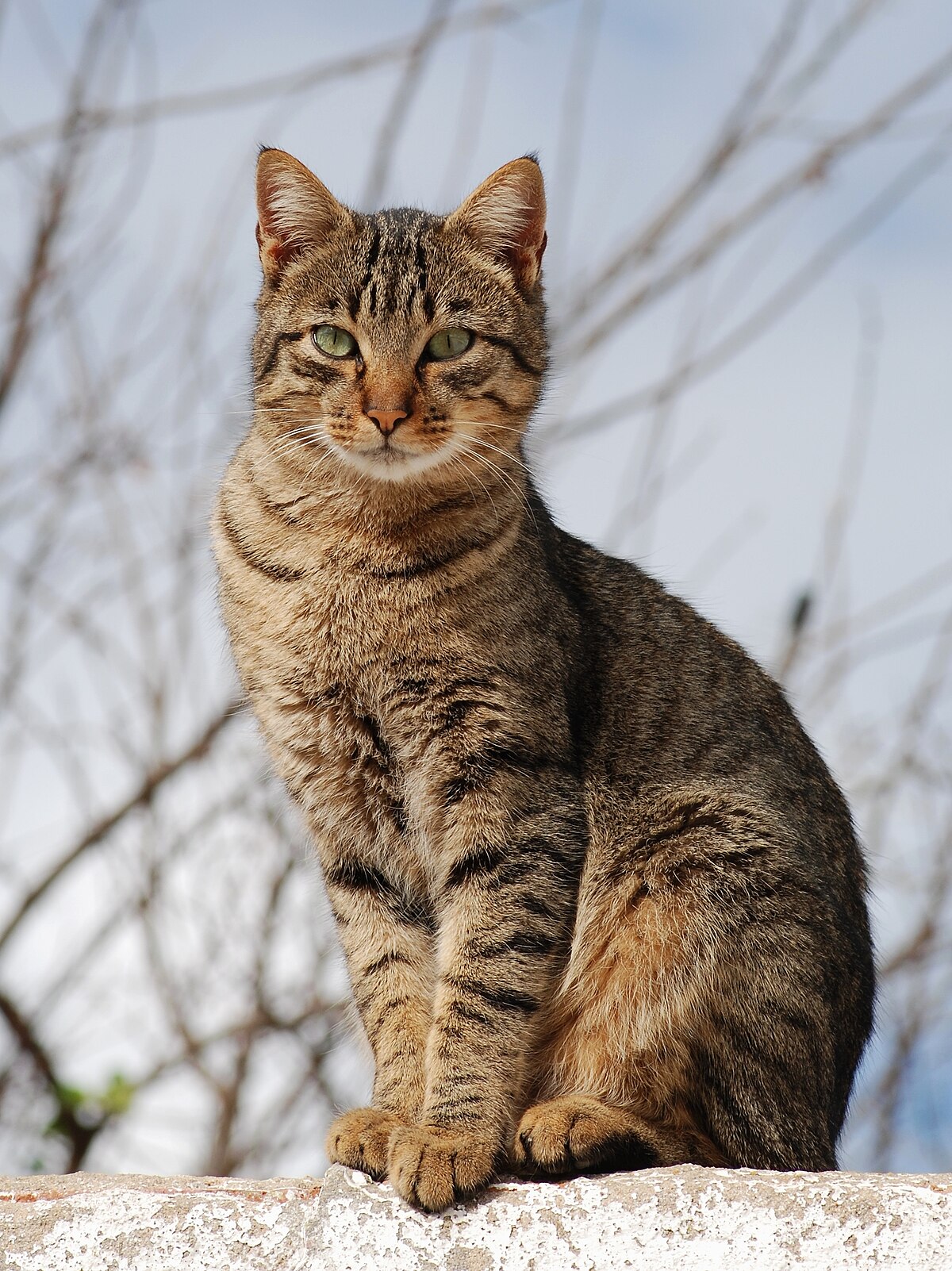How to Create a Pet-Friendly Home Environment
How to Create a Pet-Friendly Home Environment
Bringing a pet into your home is more than just a commitment; it's a transformation. Your space becomes their space, and the dynamic shifts from simply “a house” to “a shared sanctuary.” As a pet owner, creating a pet-friendly home is not only about ensuring safety but also about fostering an environment where your furry (or feathery, or scaly!) friend can thrive. But how do you design a home that’s practical for pets without sacrificing comfort and style? Here’s my guide to creating the ultimate pet-friendly home environment.
Understand Your Pet’s Needs First
The first step to creating a pet-friendly home is to think like your pet. A cat’s needs will differ from a dog’s, and a rabbit’s lifestyle won’t align with a bird’s. Ask yourself:
Does your pet require a lot of open space to run around?
Are they climbers, diggers, or loungers?
Do they feel secure in quiet nooks, or do they prefer being in the middle of the action?
For example, dogs often appreciate a cozy corner with their bed and toys, while cats will love vertical spaces like shelves or perches to climb and observe. Small pets like guinea pigs or rabbits may need specific enclosures with enough room to roam safely.
By understanding these basic preferences, you’ll avoid creating a home that’s visually appealing to you but uninviting to your pet.
Invest in Pet-Friendly Furniture
Pets are hard on furniture—it’s a fact of life. But that doesn’t mean you have to sacrifice style for durability. When selecting furniture, prioritize materials that can withstand claws, fur, and accidents.
Fabrics: Opt for stain-resistant fabrics like leather, microfiber, or performance textiles. Avoid delicate materials like silk or velvet, which can easily tear or trap fur.
Colors: If your pet sheds, choose colors that camouflage fur. For instance, darker furniture works better for black-haired pets, while lighter tones are more forgiving for white-haired breeds.
Pet-specific furniture: These days, you can find stylish pet beds, scratching posts, and feeding stations that seamlessly blend into your décor.
Secure Hazardous Items and Spaces
Pets are curious creatures, and their curiosity can sometimes get them into trouble. To keep your furry friend safe, secure hazardous items and areas in your home:
Electrical cords: Cover or hide cords to prevent pets from chewing on them.
Toxic plants: Common plants like lilies, aloe vera, and philodendrons are toxic to pets. Swap them for pet-friendly plants like spider plants, parlor palms, or Boston ferns.
Cleaning supplies and medications: Store these items in cabinets or out-of-reach places to prevent accidental ingestion.
For areas that are off-limits, baby gates or pet barriers work wonders, especially if you’re training a puppy or kitten.
Create Zones for Your Pet
Just as you need dedicated areas for work, relaxation, and dining, your pet will benefit from having designated spaces too:
Sleeping zone: A cozy, quiet corner with a pet bed or mat.
Play area: A space where your pet can access toys, scratching posts, or chewables.
Feeding station: Keep bowls on a non-slip mat to contain messes, and make sure this area is away from foot traffic.
Bathroom area: For litter boxes, pick a low-traffic area with good ventilation. For dogs, ensure they have easy access to outdoor potty areas.
These zones help pets feel more secure, knowing they have a space to call their own.
Prioritize Flooring and Cleanliness
Pets bring joy—and messes. From muddy paws to shedding fur, your floors bear the brunt of it. To minimize damage and keep things clean:
Flooring: Opt for durable, scratch-resistant options like tile, vinyl, or laminate. Hardwood can work, but be sure to choose a finish that’s pet-friendly.
Rugs: Use washable rugs and rug pads to prevent slipping. Steer clear of high-pile rugs, which trap fur and are harder to clean.
Cleaning supplies: Invest in a good vacuum cleaner designed for pet hair and keep pet-safe cleaning products on hand for accidents.
Add Enrichment Elements
A pet-friendly home isn’t just about physical comfort; it’s about mental stimulation too. Pets, especially dogs and cats, need activities to stay happy and healthy.
For dogs, interactive toys and puzzle feeders can provide hours of entertainment.
For cats, window perches, scratching posts, and climbing trees cater to their natural instincts.
Small pets like hamsters or rabbits benefit from tunnels, wheels, and chew toys.
If you have the space, consider creating an outdoor area for safe exploration. For example, a secure backyard or an enclosed balcony can give your pet a taste of the outdoors without the risks.
Maintain a Safe and Comfortable Temperature
Your pet’s comfort is also tied to the temperature of your home. For instance:
If you have a dog or cat with a thick coat, ensure your home is well-ventilated during hot months.
Smaller animals like reptiles or fish may require specific temperature-controlled environments, so invest in the right equipment, such as heaters or UV lamps.
Don’t Forget About Pet-Proof Décor
Finally, while designing your pet-friendly home, think about the little things:
Fragile items: Keep breakables out of reach or secured in cabinets.
Curtains and blinds: Choose pet-safe options like cordless blinds to avoid accidents.
Decorative items: Avoid decorations with small parts that can become choking hazards.
Final Thoughts
Creating a pet-friendly home environment doesn’t mean compromising on aesthetics or comfort. With thoughtful planning and an understanding of your pet’s needs, you can design a space that’s as welcoming for them as it is for you.
Remember, a happy pet makes for a happy home. And at the end of the day, their wagging tails, playful pounces, or gentle chirps are all the reward you need for your efforts. So go ahead—make your home a haven for your beloved companion!
Bringing a pet into your home is more than just a commitment; it's a transformation. Your space becomes their space, and the dynamic shifts from simply “a house” to “a shared sanctuary.” As a pet owner, creating a pet-friendly home is not only about ensuring safety but also about fostering an environment where your furry (or feathery, or scaly!) friend can thrive. But how do you design a home that’s practical for pets without sacrificing comfort and style? Here’s my guide to creating the ultimate pet-friendly home environment.
Understand Your Pet’s Needs First
The first step to creating a pet-friendly home is to think like your pet. A cat’s needs will differ from a dog’s, and a rabbit’s lifestyle won’t align with a bird’s. Ask yourself:
Does your pet require a lot of open space to run around?
Are they climbers, diggers, or loungers?
Do they feel secure in quiet nooks, or do they prefer being in the middle of the action?
For example, dogs often appreciate a cozy corner with their bed and toys, while cats will love vertical spaces like shelves or perches to climb and observe. Small pets like guinea pigs or rabbits may need specific enclosures with enough room to roam safely.
By understanding these basic preferences, you’ll avoid creating a home that’s visually appealing to you but uninviting to your pet.
Invest in Pet-Friendly Furniture
Pets are hard on furniture—it’s a fact of life. But that doesn’t mean you have to sacrifice style for durability. When selecting furniture, prioritize materials that can withstand claws, fur, and accidents.
Fabrics: Opt for stain-resistant fabrics like leather, microfiber, or performance textiles. Avoid delicate materials like silk or velvet, which can easily tear or trap fur.
Colors: If your pet sheds, choose colors that camouflage fur. For instance, darker furniture works better for black-haired pets, while lighter tones are more forgiving for white-haired breeds.
Pet-specific furniture: These days, you can find stylish pet beds, scratching posts, and feeding stations that seamlessly blend into your décor.
Secure Hazardous Items and Spaces
Pets are curious creatures, and their curiosity can sometimes get them into trouble. To keep your furry friend safe, secure hazardous items and areas in your home:
Electrical cords: Cover or hide cords to prevent pets from chewing on them.
Toxic plants: Common plants like lilies, aloe vera, and philodendrons are toxic to pets. Swap them for pet-friendly plants like spider plants, parlor palms, or Boston ferns.
Cleaning supplies and medications: Store these items in cabinets or out-of-reach places to prevent accidental ingestion.
For areas that are off-limits, baby gates or pet barriers work wonders, especially if you’re training a puppy or kitten.
Create Zones for Your Pet
Just as you need dedicated areas for work, relaxation, and dining, your pet will benefit from having designated spaces too:
Sleeping zone: A cozy, quiet corner with a pet bed or mat.
Play area: A space where your pet can access toys, scratching posts, or chewables.
Feeding station: Keep bowls on a non-slip mat to contain messes, and make sure this area is away from foot traffic.
Bathroom area: For litter boxes, pick a low-traffic area with good ventilation. For dogs, ensure they have easy access to outdoor potty areas.
These zones help pets feel more secure, knowing they have a space to call their own.
Prioritize Flooring and Cleanliness
Pets bring joy—and messes. From muddy paws to shedding fur, your floors bear the brunt of it. To minimize damage and keep things clean:
Flooring: Opt for durable, scratch-resistant options like tile, vinyl, or laminate. Hardwood can work, but be sure to choose a finish that’s pet-friendly.
Rugs: Use washable rugs and rug pads to prevent slipping. Steer clear of high-pile rugs, which trap fur and are harder to clean.
Cleaning supplies: Invest in a good vacuum cleaner designed for pet hair and keep pet-safe cleaning products on hand for accidents.
Add Enrichment Elements
A pet-friendly home isn’t just about physical comfort; it’s about mental stimulation too. Pets, especially dogs and cats, need activities to stay happy and healthy.
For dogs, interactive toys and puzzle feeders can provide hours of entertainment.
For cats, window perches, scratching posts, and climbing trees cater to their natural instincts.
Small pets like hamsters or rabbits benefit from tunnels, wheels, and chew toys.
If you have the space, consider creating an outdoor area for safe exploration. For example, a secure backyard or an enclosed balcony can give your pet a taste of the outdoors without the risks.
Maintain a Safe and Comfortable Temperature
Your pet’s comfort is also tied to the temperature of your home. For instance:
If you have a dog or cat with a thick coat, ensure your home is well-ventilated during hot months.
Smaller animals like reptiles or fish may require specific temperature-controlled environments, so invest in the right equipment, such as heaters or UV lamps.
Don’t Forget About Pet-Proof Décor
Finally, while designing your pet-friendly home, think about the little things:
Fragile items: Keep breakables out of reach or secured in cabinets.
Curtains and blinds: Choose pet-safe options like cordless blinds to avoid accidents.
Decorative items: Avoid decorations with small parts that can become choking hazards.
Final Thoughts
Creating a pet-friendly home environment doesn’t mean compromising on aesthetics or comfort. With thoughtful planning and an understanding of your pet’s needs, you can design a space that’s as welcoming for them as it is for you.
Remember, a happy pet makes for a happy home. And at the end of the day, their wagging tails, playful pounces, or gentle chirps are all the reward you need for your efforts. So go ahead—make your home a haven for your beloved companion!


